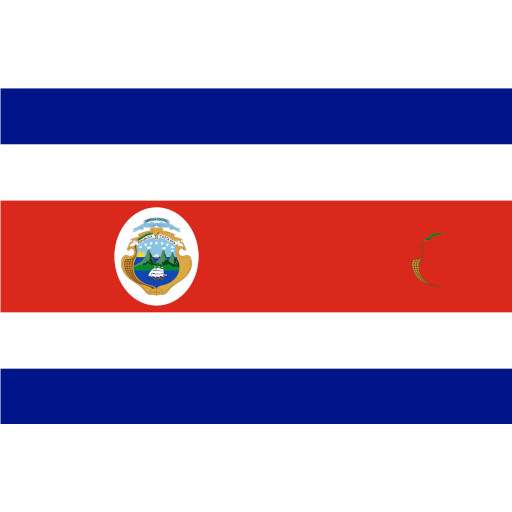Although all federal and state taxes levied are intended for public expenditure, not all taxes are primarily intended to raise resources for the Federal Treasury. Such is the case of smart taxes, which are based on the State shaping certain behaviors of the population by considering some activity as suitable or desirable or pointing out some others as inadequate for the common good.
Thus, in the Fiscal Year 2022, Chapter Five of the Finance Law of the State of Nuevo Leon, titled Green Taxes, went into effect. By replicating some measures seen in other Mexican states, this state tax seeks to attack those industrial sectors that harm the region’s environmental integrity.
What are the new taxes?
Specifically, this chapter is divided into four sections, applicable to any individual or corporation that incurs in activities of this nature and regulating the following:
- Environmental tax for pollution in the extraction of stone materials.
- Tax for the emission of pollutants into the atmosphere.
- Tax for the emission of pollutants into the water.
- Tax for the emission of pollutants into the subsoil and/or soil.
The obligations related to these green taxes include registering in the State Taxpayers’ Registry, filing state tax returns before the 17th day of the month following the month in which the tax is incurred (before the Secretary of Finance and the General Treasury of the State), as well as filing specific notices, data, and reports.
How are they incurred?
These new taxes are regulated in a section within Chapter Five, with specifics by category. These taxes are levied as follows:
|
Tax
|
Tariff
|
Tax Basis
|
|
Environmental tax for pollution in the extraction of stone materials.
|
1.5 quotes
|
For each cubic meter or fraction thereof that is extracted from stone materials.
|
|
Tax for the emission of pollutants into the atmosphere.
|
2.79 quotes
|
For each ton or fraction of particles emitted, starting with the first full ton.
|
|
Tax for the emission of pollutants into the water.
|
1.1 quotes
|
For each cubic meter or fraction of water affected.
|
|
Tax for the emission of pollutants into the subsoil and/or soil.
|
1.1 quotes
|
For each kilogram of pollutant in one hundred square meters of the affected land.
|
Where does the Reform originate?
It is important to mention that these regulations are based on an already existing normative since in these taxes’ regulation there is a constant reference to multiple Mexican Official Standards (NOMs, per its Spanish acronym) to establish the parameters by which the tax must be levied, which follow a creative process in which industry members, academics, civil organizations, and the State participate.
In addition to the above, these new taxes are also based on the dialogue established between CAINTRA , the industrialists, and the State, under the idea “If we are all part of the problem, we can all be part of the solution.”
Where do the collections go?
The current Nuevo León state government has emphasized that the purpose of these taxes is not to increase revenue but to create incentives for the related industries to change their processes and thus contribute to the conservation and restoration of the ecological balance, environmental protection, and sustainable development of the State. In addition, the funds collected must be destined for the reestablishment of the affected areas, and it is highlighted that within the Reform discussed last November 2021, it was proposed that these taxes would be in force for only 5 (five) years.
What other aspects should be considered?
It should not be overlooked that the determination of the tax basis may represent a challenge, both for taxpayers and for the State, since its calculation must be based on a process linked to laboratories and specialists, allowing an appropriate calculation of the tax to be paid.
If we add to this the monthly administrative burden and the obligation to maintain the supporting documentation of the tax paid, allowing the local authority to review the due calculation and payment of the taxes in question, we find that the industrial sector in Nuevo Leon is facing some challenges to be met.
Derived from the above, in the understanding that these provisions may trigger these new obligations for taxpayers with presence in Nuevo Leon, at JA Del Rio, we are committed to providing the best advice to our clients, helping them, in a personalized way, to comply with all their federal and state tax obligations, including these ecological taxes recently in force.
If you require additional information in this regard, contact us, and we will gladly support you.























